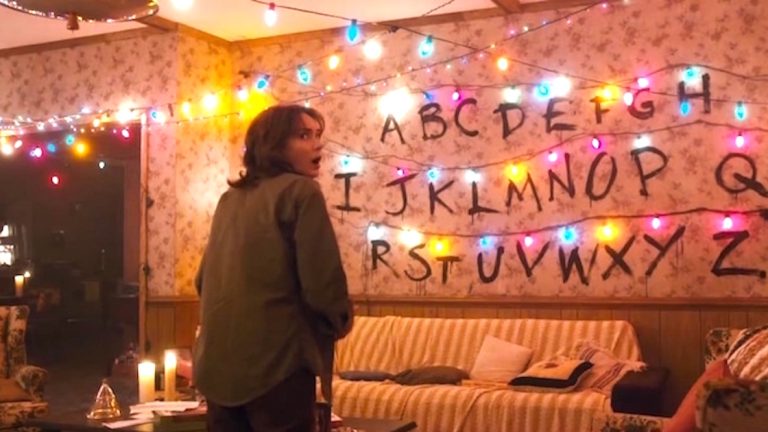Back in July, we were fortunate enough to have the opportunity to tour CERN, home of the Large Hadron Collider. In addition to getting some great information on how the machine gets protons up to speeds nearly that of light, and finding out the sorts of physics that scientists hope to find in its collisions, we also got a great view of some of the control rooms and hardware that help keep everything humming along. Unfortunately, with the LHC active, it wasn't possible to actually go down and see the massive detectors that capture the output of the proton collisions, but there's still a lot to see around CERN.
To handle the interest generated by the LHC, CERN has built a new visitor's center to introduce the public to the work that goes on there. For this visit, however, the tour started across the street, next to the CERN gift shop (yes, it has a gift shop).

CERN has been in the business of smashing atoms for several decades now, and reminders of its past show up in many areas of the center. I'm not sure what this is, but its shape evoked that of the new CERN visitors' center, which rises behind it.
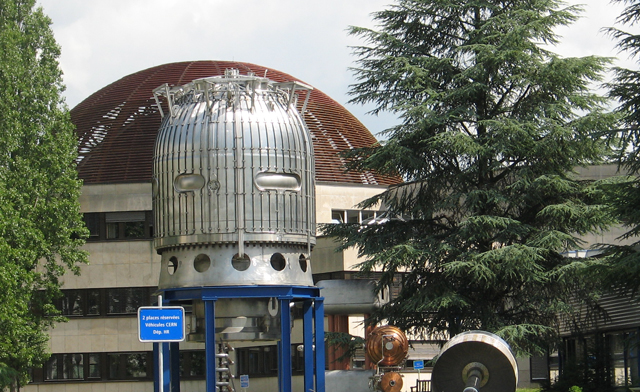
Other hardware doesn't quite get this honorable treatment. This bit of hardware was resting outside the facility in which the LHC's magnets are stored and tested. Again, its function isn't clear, but it was obviously the wrong size to link up with any of the pieces being used in the LHC.
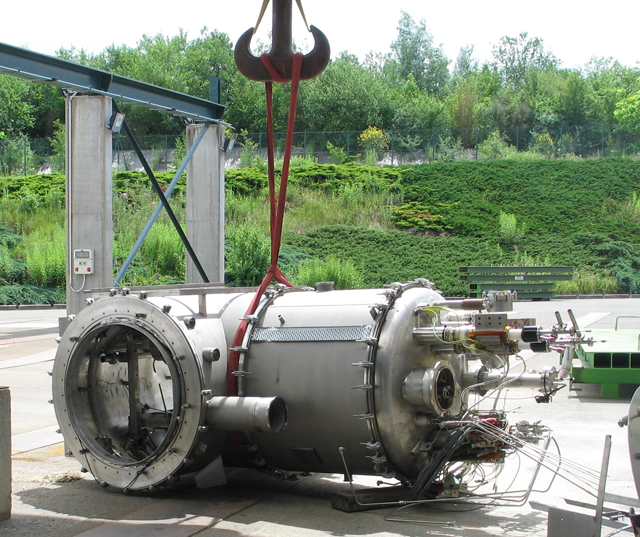
Inside, however, the hardware was cutting edge. The accident that occurred during the LHC's start-up depleted the supply of replacement dipole magnets, and CERN is refreshing its stocks. Each magnet is tested extensively under operating conditions, which means lowering them to near absolute zero using liquid helium.
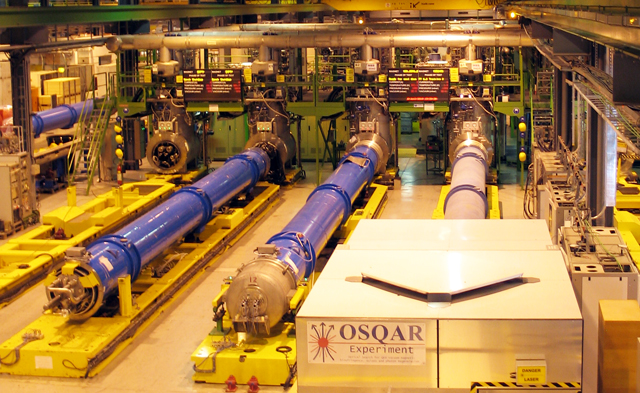
Lots of customized hardware appears to be needed to control the conditions that the magnets will face during operations, and to read out the performance of the hardware being tested.

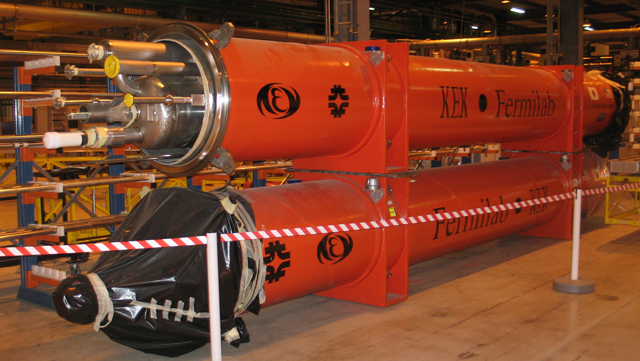
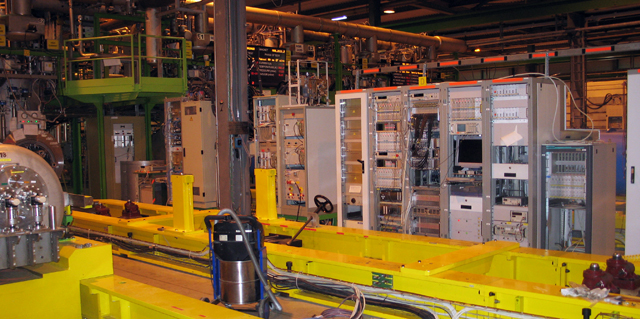

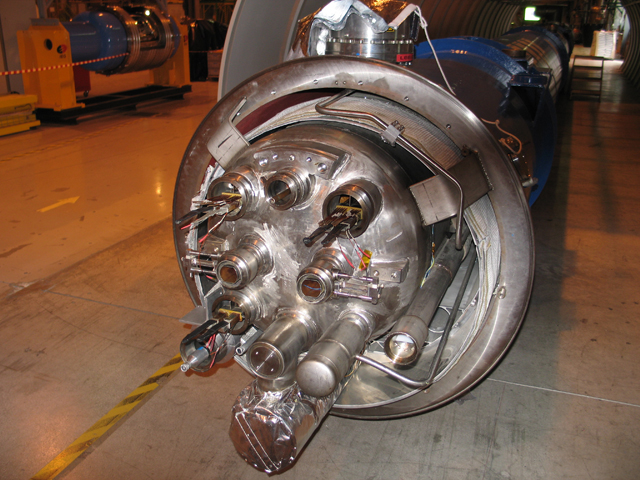
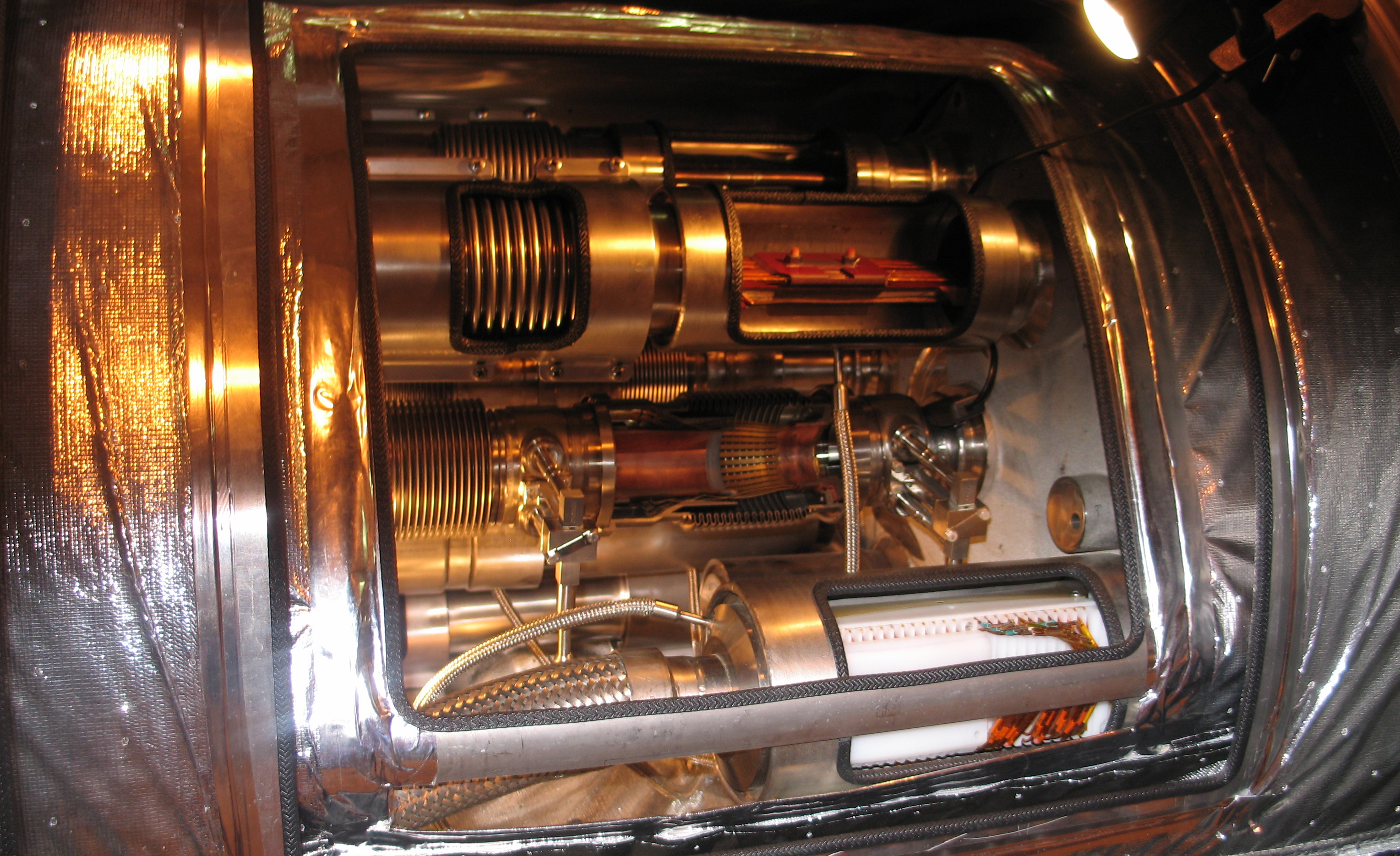
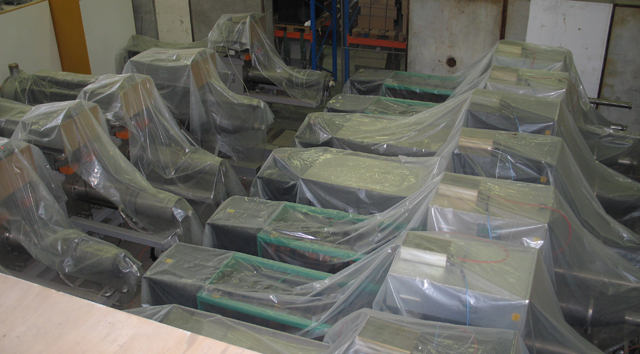
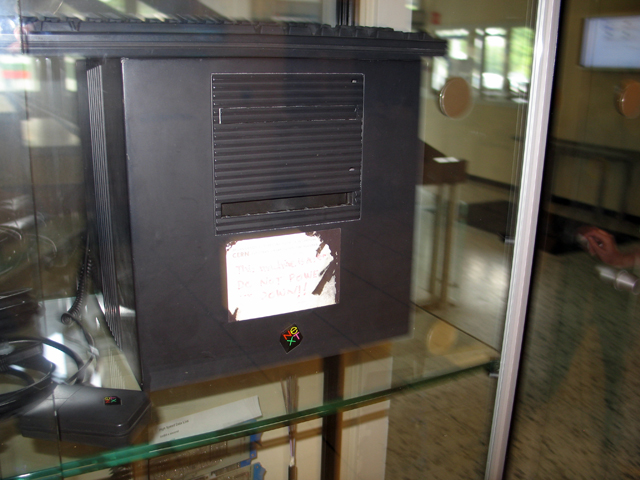
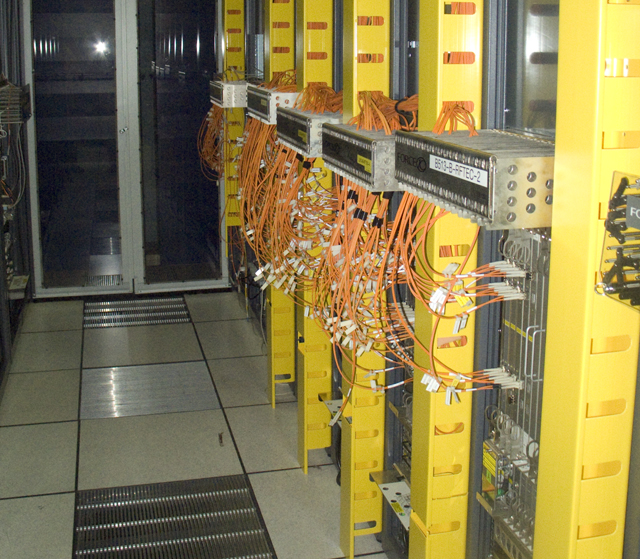
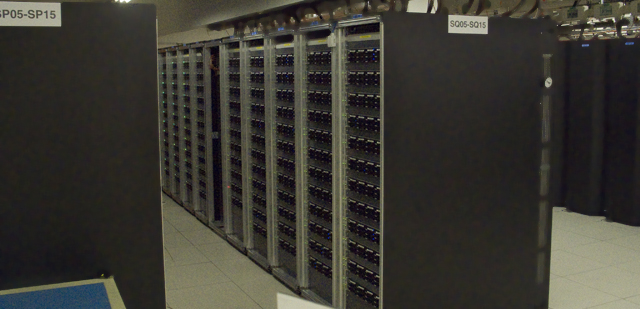

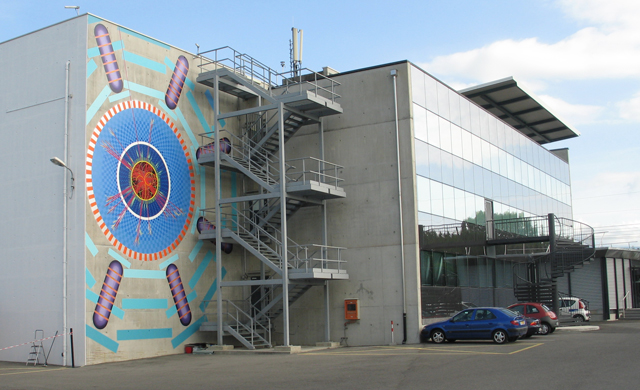
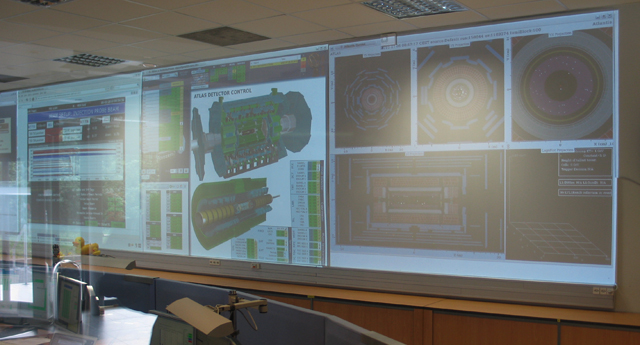
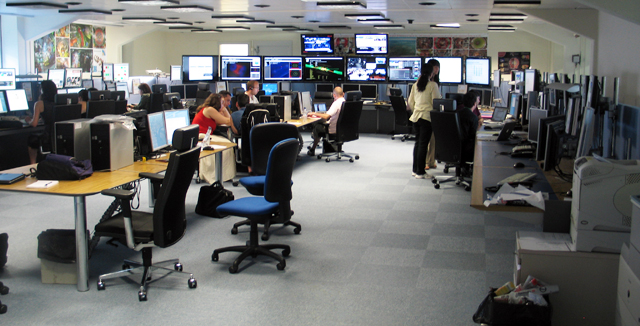
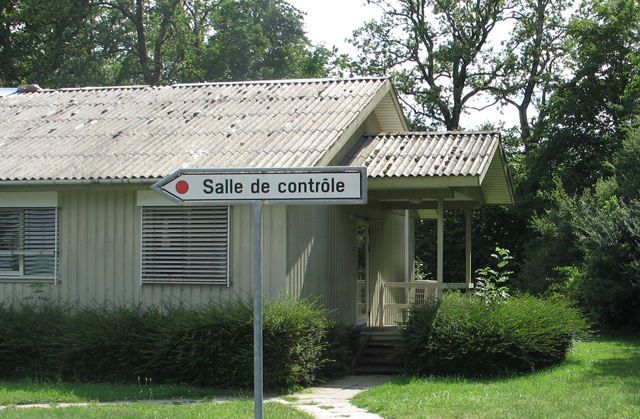
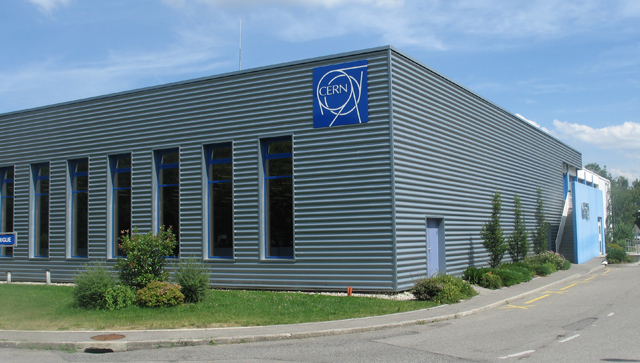
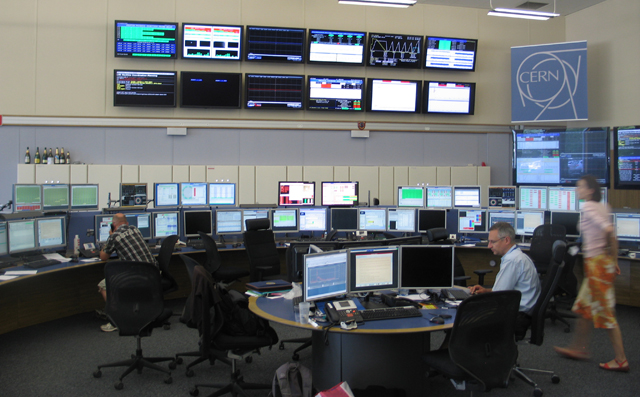
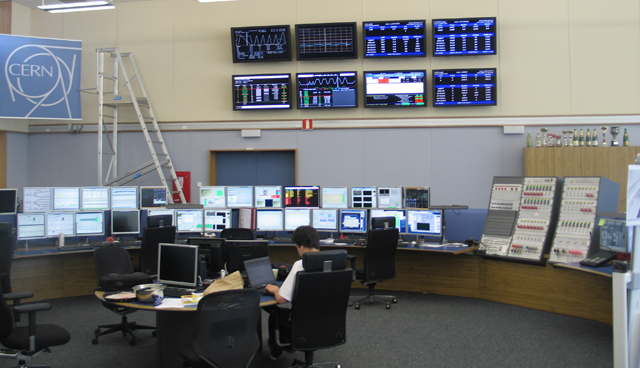

 Loading comments...
Loading comments... 